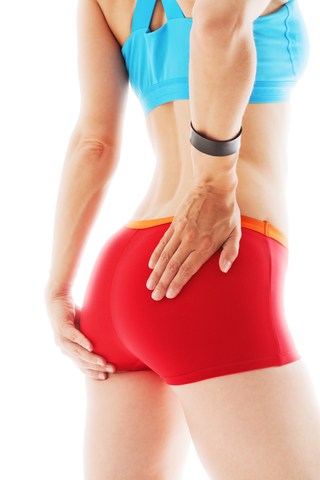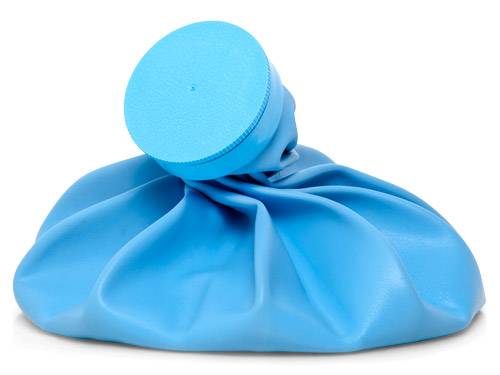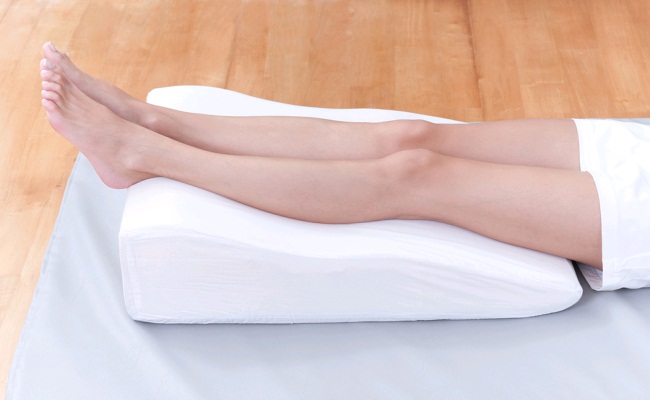Running is one of the easiest and most popular forms of exercises. It lowers stress levels, burns calories and boosts cardiovascular health. However, just like many other forms of exercise, there may be groin pain after your running. Although this is a very common condition to have, especially for non-experienced runners, it can certainly be an inconvenience. Thankfully, it is usually not serious and the treatment is relatively simple. In this article, we will discuss the causes, treatment, and prevention of this pain.

What Causes Groin Pain After Running?
Like other forms of exercise-related pain, groin pain is caused by overuse or misuse of the muscles, specifically the muscles of the upper thigh and lower abdominals. A quick turn in running or explosive running may strain your adductor muscles. Athletes in certain sports such as football or soccer will find themselves more susceptible. Not warming up correctly can also lead to pain. It’s important not to overwork cold muscles since they are tighter and more prone to tearing. In addition, when someone is running above and beyond their customary speed or distance, the body may not be prepared for the stress. Depending on the severity and health of the athlete, recovery time is typically four to six weeks.
How to Relieve Groin Pain
Thankfully, the treatment for groin pain after running is quite simple. Below are some good options. But if the pain persists for several days or gets worse, you need to go to see your doctor for a check.
1. Stop the Exercise and Rest
Any additional running will only cause the pain and possible injury to get worse. The body is well suited to healing these types of injuries, so rest and let your body do its job. It may be necessary to rest for a few days or weeks. Once the pain starts to get better, slowly get yourself into exercise, listening to your body so as not to make things worse.
2. Apply Ice As Needed
 Apply ice pack or frozen peas to the area, careful not to let it touch bare skin. This will reduce inflammation of the area. Be sure not to apply ice to the area more than 15 minute at a time as this will actually cause frostbite to the area.
Apply ice pack or frozen peas to the area, careful not to let it touch bare skin. This will reduce inflammation of the area. Be sure not to apply ice to the area more than 15 minute at a time as this will actually cause frostbite to the area.
3. Use Compression Wrap
Elastic compression wrap will help to reduce pain and swelling. When you are back to running, compression wrap will help to limit any further injury of the area as well.
4. Elevate the Leg
 For the first 24 hours in particular, raise your leg and keep it above your heart. This will reduce swelling by helping the blood get back to the heart.
For the first 24 hours in particular, raise your leg and keep it above your heart. This will reduce swelling by helping the blood get back to the heart.
5. Take an Anti-Inflammatory
If the groin pain after running is so bad, anti-inflammatories such as ibuprofen or aspirin can help to fight the inflammation. But you had better seek your doctor's permission before taking them.
Rehabilitation After the Injury
Although, not usually serious, it’s important to take some steps to speed up recovery and make sure groin doesn’t get reinjured easily.
1. Do Stretches
A stretching program can help the muscles stay loose and flexible. If not stretched, over time, the muscles can become tight and more prone to injuries in the future. But make sure there isn’t any over-stretching as this could make the pain get worse.
2. Have Sports Massage
Once the initial phase of the injury (about 72 hours) has passed, massage can be an option. Find a therapist that deals specifically with sports massage which will help encourage blood flow and any scar tissue to move as well as increase flexibility. Sometimes electrotherapy modalities such as ultrasound can also help the healing process.
3. Slowly Return to Athletic Activity
Sitting around and not moving is one of the worst things to do in the recovery of groin pain after running. However, once you do start moving around, be careful or else you may risk another injury. Be sure to return to running after you have no pain or swelling and have full range of motion. Your strength levels should also be mostly recovered. Remember, even if you’re feeling at 100%, take it easy at first. Gradually increase your activity over weeks or months.
How to Prevent Groin Pain
Of course, the best thing you can do is avoid the injury in the first place! But how can you do that?
- First of all, be sure that you’re running on even surfaces with appropriate footwear.
- Do stretching and warm ups that target the hips and abdomen in particular.
- If you feel that you may be particularly susceptible, have a professional evaluation of your gait, balance, and musculature.
- If possible, make massage a regular part of your routine.
- When playing a new sport or doing a new exercise, start slow and gradually work your way up to full speed.
- Finally, if you feel pain or tightness in the groin, stop what you’re doing, see if you can figure out what is causing the problem, and then start again with the modifications needed to make the movements safer.
